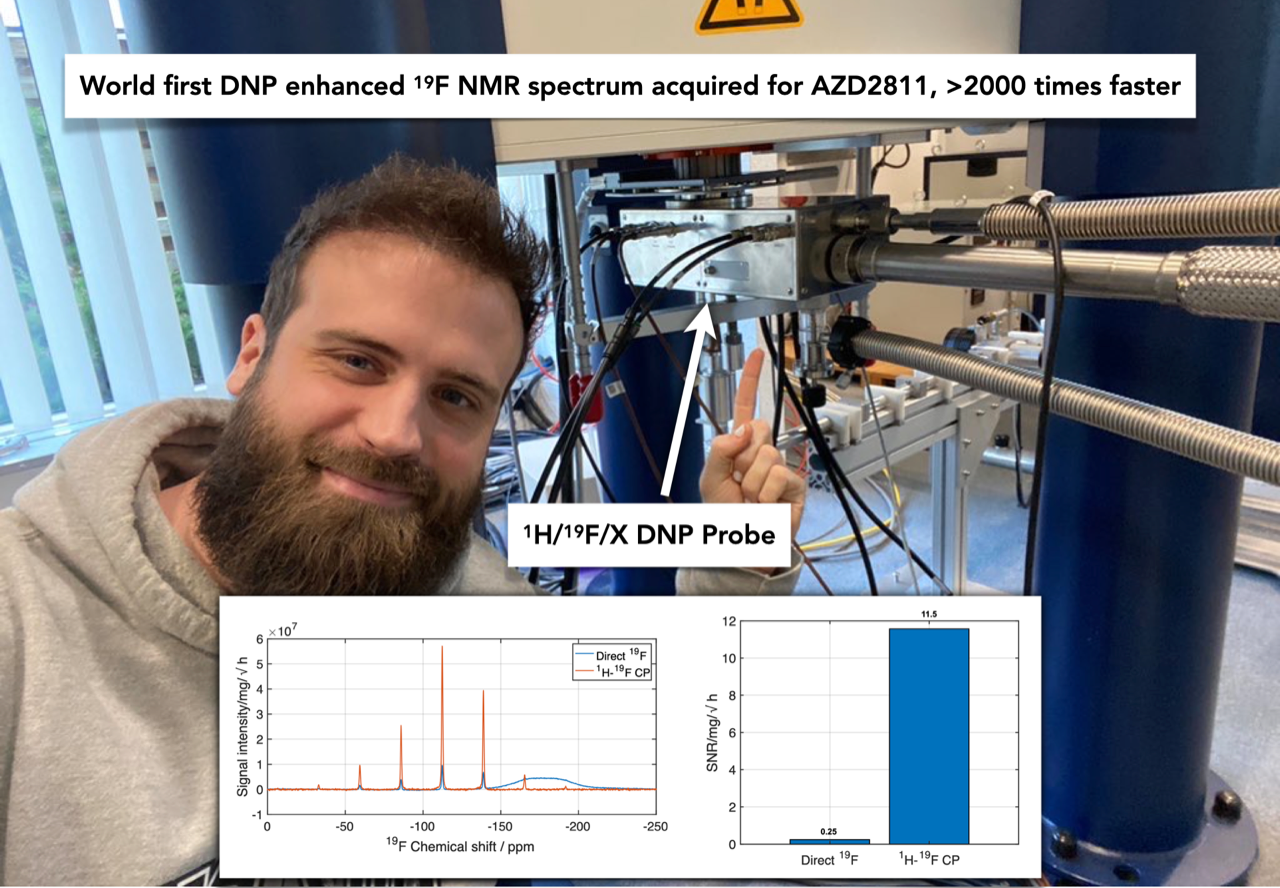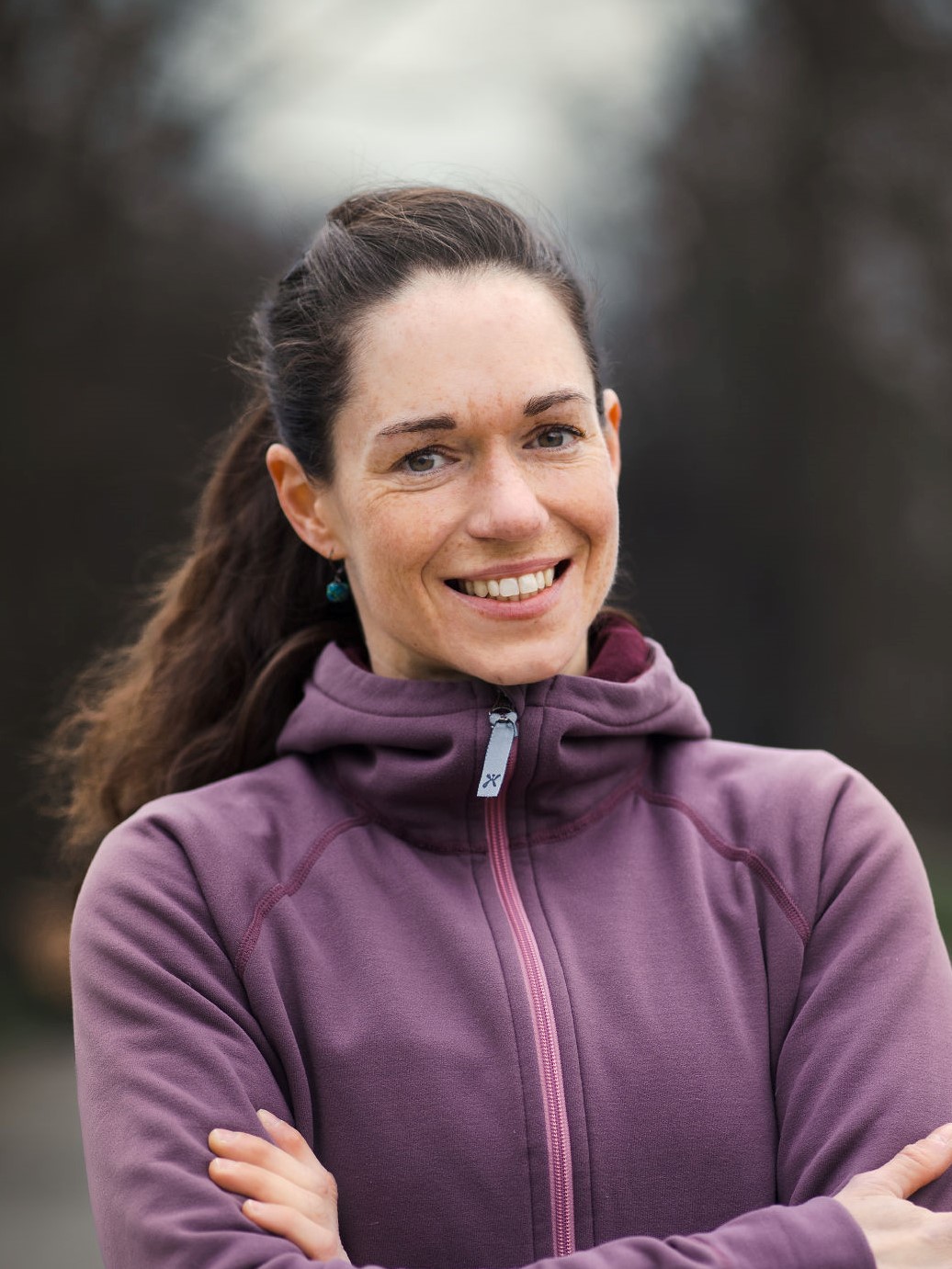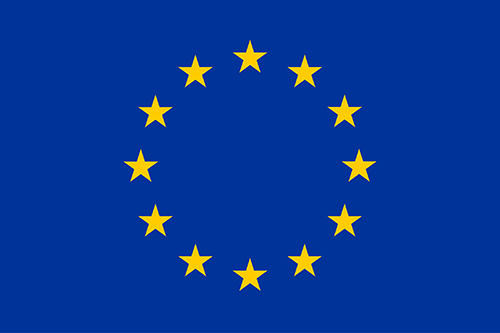Lunch Workshop at EUROMAR 2023 - July 11, 2023 - Glasgow, Scotland
PANACEA organized a lunch workshop at EUROMAR 2023 in Glasgow. Around 70 people attended.
 Steven Brown from the University of Warwick introduced the PANACEA network, while Anne Lesage and Guido Pintacuda, project coordinators gave an overview of the access activities. Jennifer Gomez, local operator at the Radboud University and Trent Franks from the University of Warwick presented transnational access from the facilities point of view. Then, Frédéric Blanc from the University of Liverpool, and user of PANACEA, presented his perspectives as a user, and how PANACEA helped him through his own projects. Then, Thomas Vosegaard from the Aahrus University gave a talk on the EasyNMR interface, developed through the PANACEA project and Kristof Grohe from Bruker Biospin revealed progress on new MAS NMR probes.Finally, upcoming events were presented, especially our second annual user meeting which will be held in Florence, Italy, from 15-16 of November 2023.
Steven Brown from the University of Warwick introduced the PANACEA network, while Anne Lesage and Guido Pintacuda, project coordinators gave an overview of the access activities. Jennifer Gomez, local operator at the Radboud University and Trent Franks from the University of Warwick presented transnational access from the facilities point of view. Then, Frédéric Blanc from the University of Liverpool, and user of PANACEA, presented his perspectives as a user, and how PANACEA helped him through his own projects. Then, Thomas Vosegaard from the Aahrus University gave a talk on the EasyNMR interface, developed through the PANACEA project and Kristof Grohe from Bruker Biospin revealed progress on new MAS NMR probes.Finally, upcoming events were presented, especially our second annual user meeting which will be held in Florence, Italy, from 15-16 of November 2023.
Thank you all for attending!
PANACEA News
A 19F HFX prototype probe under development

The uniqueness of this triple-channel low temperature solid-state DNP probe lies in separate radiofrequency channels for 1H and 19F Larmor frequency, thus enabling independent pulsing on both proton and fluorine nuclei. This allows for acquiring fluorine spectra with much better sensitivity and resolution. The above mentioned features make this newly developed probe an indispensable tool for investigating pharmaceutical formulations, which often contain fluorine. Combined with the dynamic nuclear polarization (DNP) enhancement of the NMR signal, the future prospects are to perform in-cell detection of pharmaceuticals upon natural uptake.
PANACEA Fellows
Student profile: Mária ŠOLTÉSOVÁ, Swedish NMR Centre, University of Gothenburg, Sweden

Q: Why did you decide to apply for a post-doc position at the Swedish NMR Centre?
A: When I saw the PANACEA post-doc advertisement, I immediately recognized this as an exciting opportunity to be involved in cutting-edge research. Using the state-of-the-art equipment of the Swedish NMR Centre at the University of Gothenburg and developing new methods of solid-state DNP to study structure and interactions of pharmaceuticals seemed to me like challenging research with high impact.
Q: When did you choose a topic related with solid-state DNP NMR?
A: I have a long experience with NMR as such, and solid-state DNP NMR is a fast-developing field with a huge application potential.
Q: Do you have a science hero or mentor?
A: I was always inspired by women in science, and the quote of Marie Skłodowska-Curie "Nothing in life is to be feared. It is only to be understood" was my guide through a large part of my scientific career.
Q: What did you want to be when you were a child?
A: I wanted to be a teacher. And this childhood dream has been fulfilled beyond my expectation, because as a researcher, I can spread the knowledge through publishing my research and provide education as a lecturer and a supervisor.



